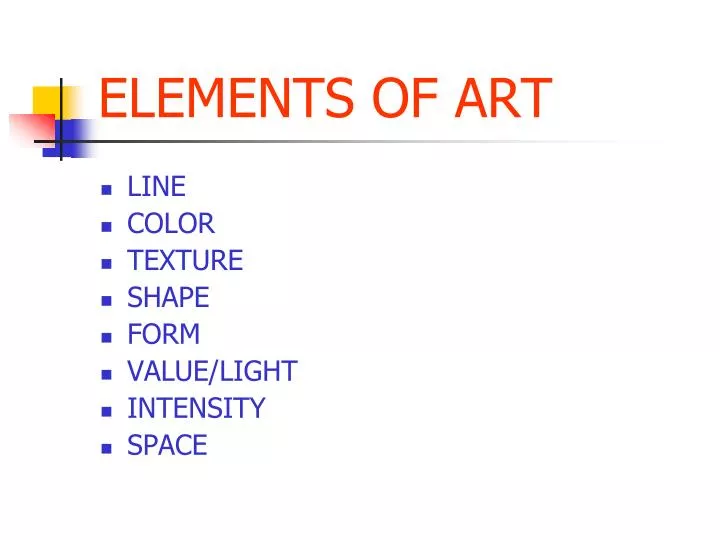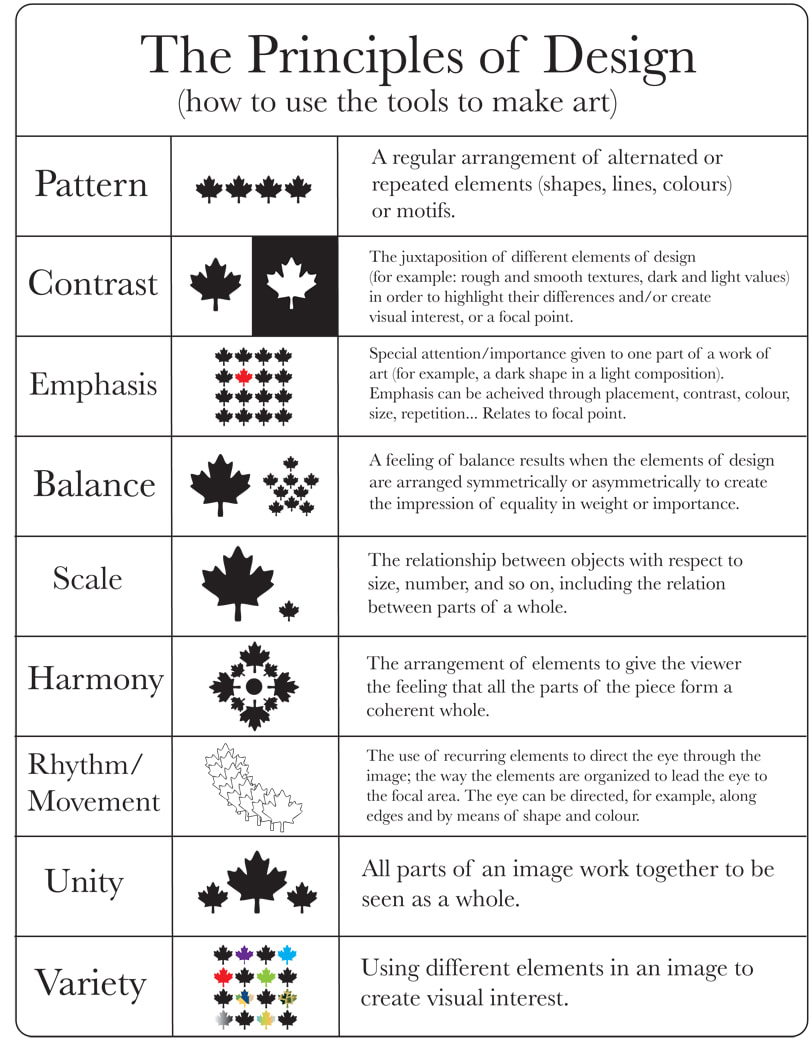

Smart Board or computer with ability to project images from slideshow.Great artworks that feature the use of texture. They may also use the natural texture of their materials to suggest their own unique qualities such as the grain of wood, the grittiness of sand, the flaking of rust, the coarseness of cloth and the smear of paint.Įphemeral Texture: This is a third category of textures whose fleeting forms are subject to change like clouds, smoke, flames, bubbles and liquids. Physical Texture: An artist may paint with expressive brushstrokes whose texture conveys the physical and emotional energy of both the artist and his/her subject.

For example, in the detail from a traditional Dutch still life above you can see remarkable verisimilitude (the appearance of being real) in the painted insects and drops of moisture on the silky surface of the flower petals. Optical Texture: An artist may use his/her skillful painting technique to create the illusion of texture. We experience texture in two ways: optically (through sight) and physically (through touch). T exture is the surface quality of an artwork - the roughness or smoothness of the material from which it is made. Great artworks that feature the use of pattern. Within that composition he/she may develop its visual elements to create a more decorative pattern of color, tone and texture across the work.

For example, an artist may plan the basic structure of an artwork by creating a compositional pattern of lines and shapes. Man-Made Pattern: Pattern in art is used for both structural and decorative purposes.

We can see these in the shape of a leaf and the branches of a tree, the structure of a crystal, the spiral of a shell, the symmetry of a snowflake and the camouflage and signalling patterns on animals, fish and insects. Natural Pattern: Pattern in art is often based on the inspiration we get from observing the natural patterns that occur in nature. Both natural and man-made patterns can be regular or irregular, organic or geometric, structural or decorative, positive or negative and repeating or random. There are two basic types of pattern in art: Natural Pattern and Man-Made Pattern. P attern is made by repeating or echoing the elements of an artwork to communicate a sense of balance, harmony, contrast, rhythm or movement.


 0 kommentar(er)
0 kommentar(er)
